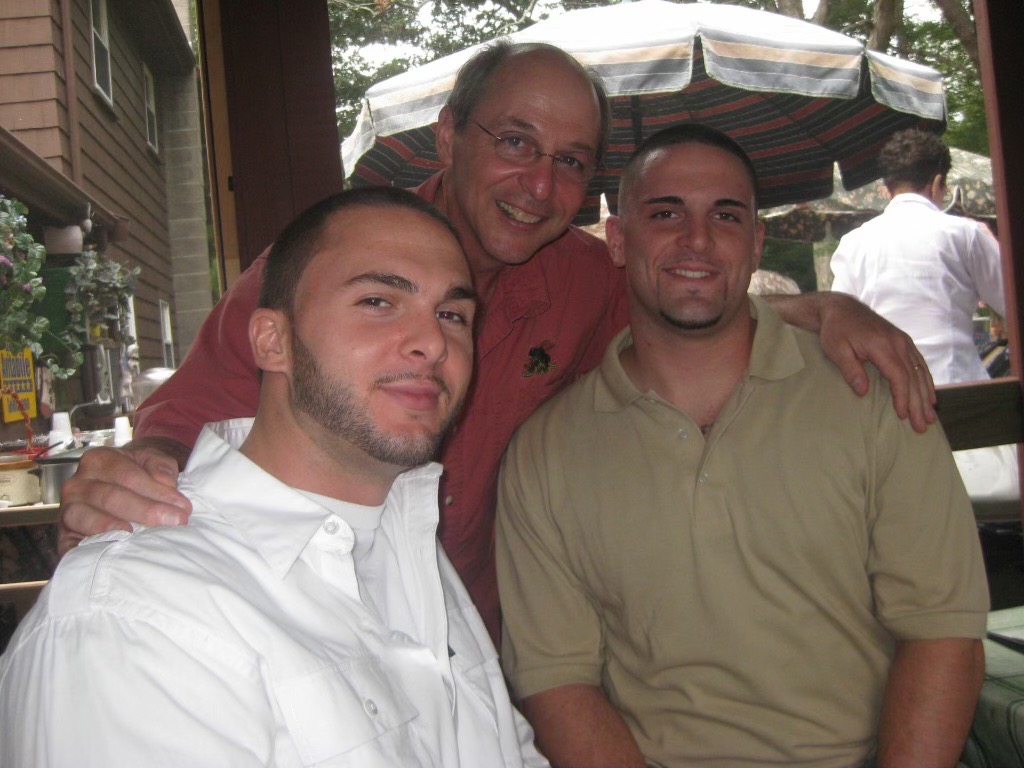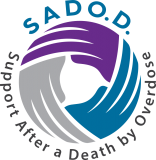
A Wounded Healer Remembers
By Kerry J. Bickford, VOICES Editor, & Ann Ahearn Avitabile, Guest Contributor
Many families suffer silently while their loved ones battle the demons of a substance-use disorder, and even more so when their person dies. They may mistakenly feel that they are somehow responsible for what happened or that they let them down. In some cases, the family feels shame or anger over their loved one’s disease and the drug-seeking behaviors that broke down communication and trust. They may become estranged from family members, friends, colleagues, and people in general because of the stigma and constant social judgments. Often friends, colleagues, and family members are absent, and the family will keep the deep secrets to themselves. They may not even recognize just what they are dealing with, and it becomes a prison of smoke and mirrors for all.
One of the common myths about substance-use disorder is that it’s a character flaw and only happens to a particular demographic of people. If there is one thing we have learned during the opioid crisis, it is this could not be further from the truth. Substance-use disorder is a brain disease and can affect anyone, regardless of all the stereotypes and mistaken beliefs.
Louis Avitabile was a respected police officer and sergeant, an exemplary citizen, and a father. He spent endless hours coaching football, basketball, volunteering, and giving back to the community. But by 2013, “Louie” was struggling with an aggressive brain cancer, while two of his three sons were battling heroin addiction. As he was approaching the end of his life, he and his wife Ann had a conversation about his funeral wishes, during which he made her promise not to have a wake. They agreed that the plan was church only and cremation, but James, their youngest son, broke down in tears over this. He agonized that the shame and embarrassment he and his oldest brother had brought upon the family contributed to his father’s decision. Louie Avitabile had been a police officer on the streets of their community in the early 2000s -- when James and his brother, Patrick, were caught up in the intensifying opioid crisis. James knew that this contributed to his father’s deep sense of humiliation. When Louis died, his family observed his wishes — conducting a church service only. Perhaps the greatest tragedy is that he died with a broken heart feeling this sense of isolation and judgment in the very community he loved so dearly.
Before his death, Louis expressed his remorse about leaving his wife to continue the difficult addiction journey alone with her sons. Ann was stricken with overwhelming grief upon his passing, but she felt in her bones that time was running out and that she had to do something to save them. Both Patrick and James were so sick -- she felt they could die at any moment. Now they had lost their father -- and were doing everything possible to stay numb, so she knew it was the perfect storm for another tragedy.
James was close to his father and struggled with guilt and remorse for what he had put his parents through over the last 10 years. Although she was still in shock, Ann reached into her maternal reserves to find help in every way she could for both sons, though they were insistent that they could do it alone. Every time James would call, Ann would encourage him to go into treatment. He was living under a bridge, but she refused to let him come home -- which eventually made him agree to get help. After five days in detox, James entered a month-long program in Las Vegas, but he returned to Massachusetts in late July. The treatment was simply not long enough, and he came home feeling extreme remorse and loneliness for his father. James knew his father loved him but was also well aware that behaviors associated with SUD exhibited by him and Patrick resulted in their family’s shame and stigma. His relationship with Ann was loving but complicated because he blamed her for the times both parents sectioned him. He began sinking deeper and deeper into despair. Despite both a desire and attempt to turn things around, he died from an overdose five days after returning home -- and precisely eight weeks after his father’s death. Ann refers to this as “death by despair.”
Now in shock from losing her husband and her youngest son, Ann still couldn’t take the time to grieve. She had moved from 24-hour care of her dying husband to 24-hour surveillance of her oldest and youngest sons -- reaching out to every source for help. She watched Patrick get thinner and thinner and realized she was now going to have to do everything in her power to try to save him from the fate of his youngest brother. One day Patrick sat in her driveway as his mother begged him to stay and enter detox, but he said he would “rather die than go into a program.” With overwhelming heartache and disbelief, Ann cried, “how can you say that to a woman who just buried her child a few months ago?”
But after being chased down in crack houses for a year, he contacted Ann and said he would “do it her way” by going to long-term treatment. He finally relented and allowed her to drive him to Brockton Hospital, where he committed himself to care.
By mid-2015, Patrick had been in a program for 10 months and was spending some quality time with his family. For a moment, there was hope, and his fiancee, a photographer, snapped hundreds of happy photos of Patrick and his young son when he would get a day or weekend pass.
His middle brother, Kevin, got married in a beautiful wedding that same summer, and Patrick was there to celebrate with the family. He gave the “greatest best man speech, touching the hearts of everyone at the reception,” but by the following Tuesday, he was dead. It is difficult to know what might have triggered him, but the result is that the choice he made was fatal. Recovery is a fragile process, and there is always a chance that something can trigger a relapse. The wedding also happened to coincide with the second anniversary of James’ death. Patrick, like James, suffered over the death of their father -- and then his brother.
As Ann put it, at this point, she had cremated three-fourths of her family within a period of two years. About her heartache, she says: “Losing my children startles me still into a bottomless abyss. A mother loves her child before they are even born. I couldn’t save them. Not even one of them. God knows I tried.”
The one answer we do know is that Ann’s beautiful sons died from an overdose, which killed more than 70,000 Americans in 2019, according to the Centers for Disease Control. Her sons were caught up in a national health crisis that created a ripple effect on families, and they were not the only ones who felt the whispers and disapproval of the society around them. Many families describe a similar, tragic and solitary journey.
It doesn’t have to be this way. SADOD is here to support people in recovery and families who have lost a beloved one to overdose. We hope that the dialogue will change and that we can open the minds and hearts of those who see addiction as a moral failure. Until then, you do not have to be alone. Ann -- who co-facilitates a peer grief support group and refers to herself as a “wounded healer” — is among the many people who are ready to listen and support you as we move steadily toward a more compassionate and judgment-free world.
